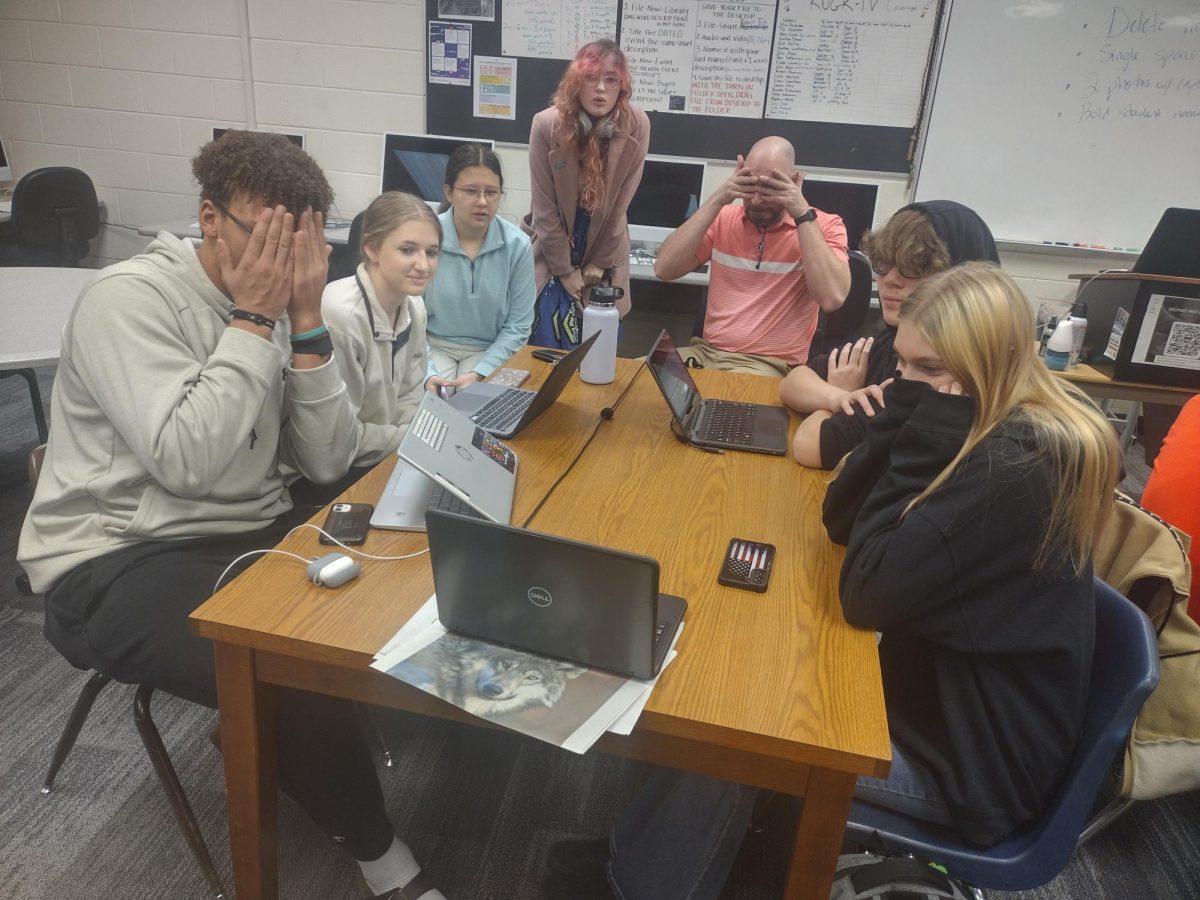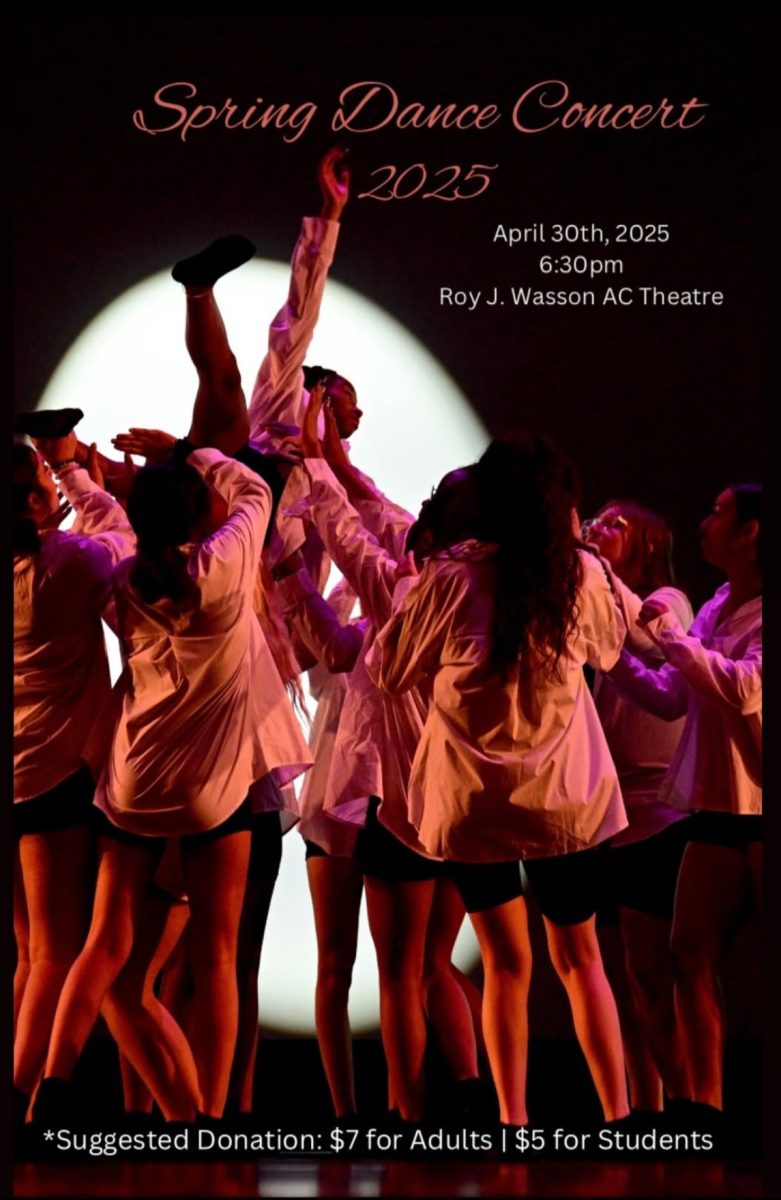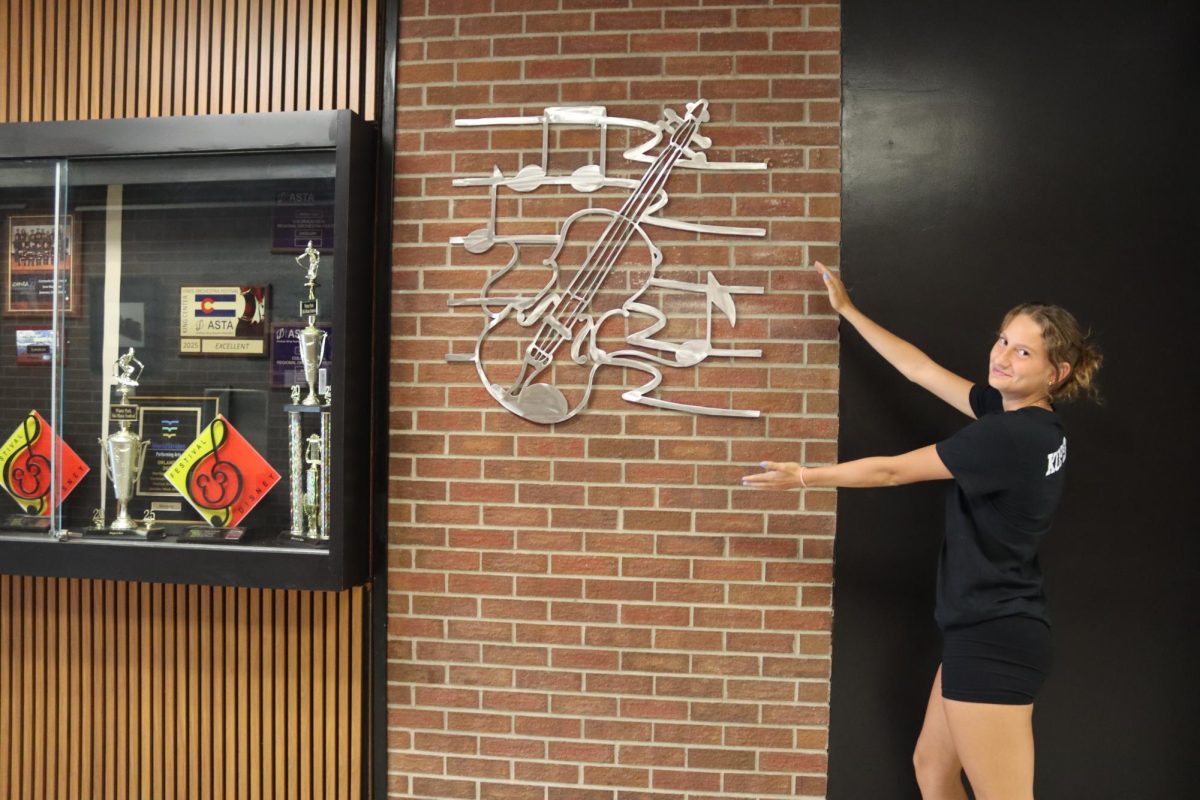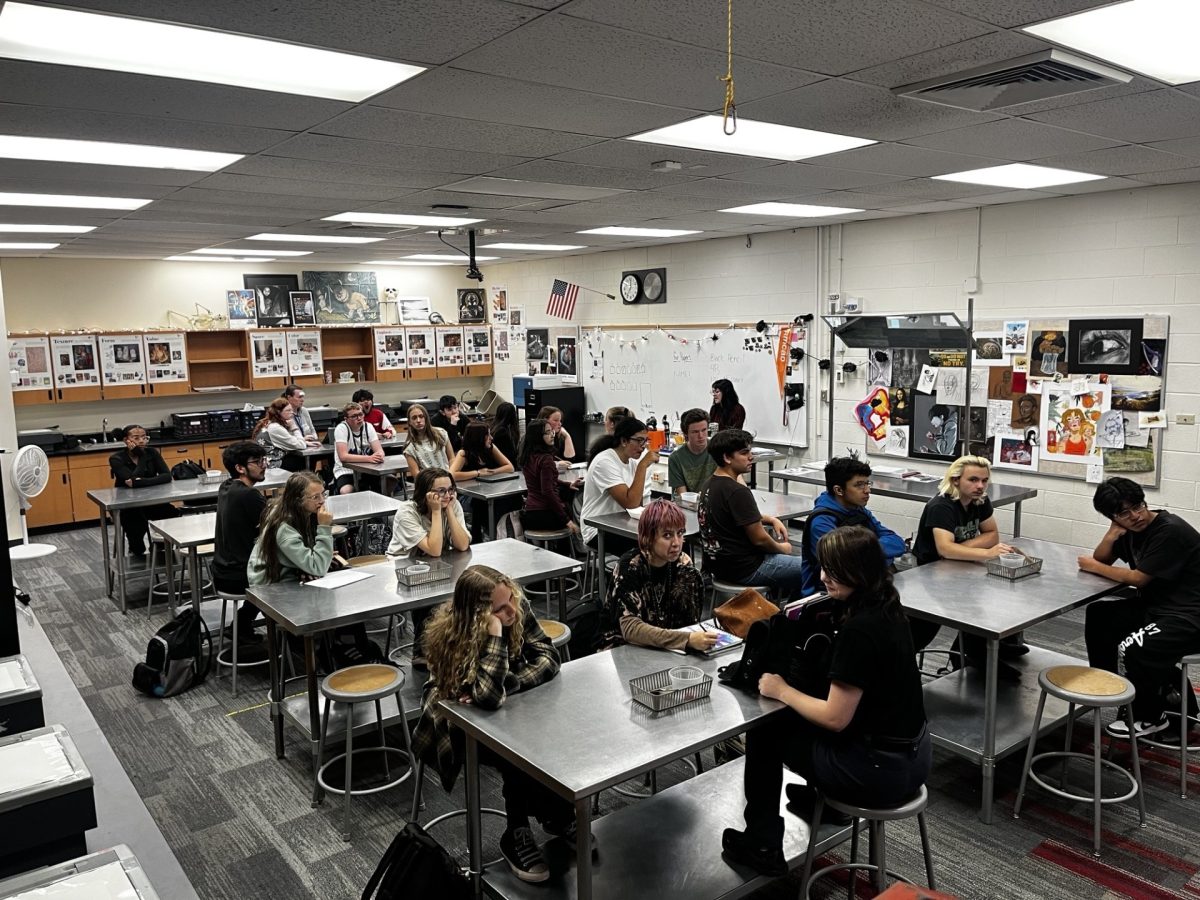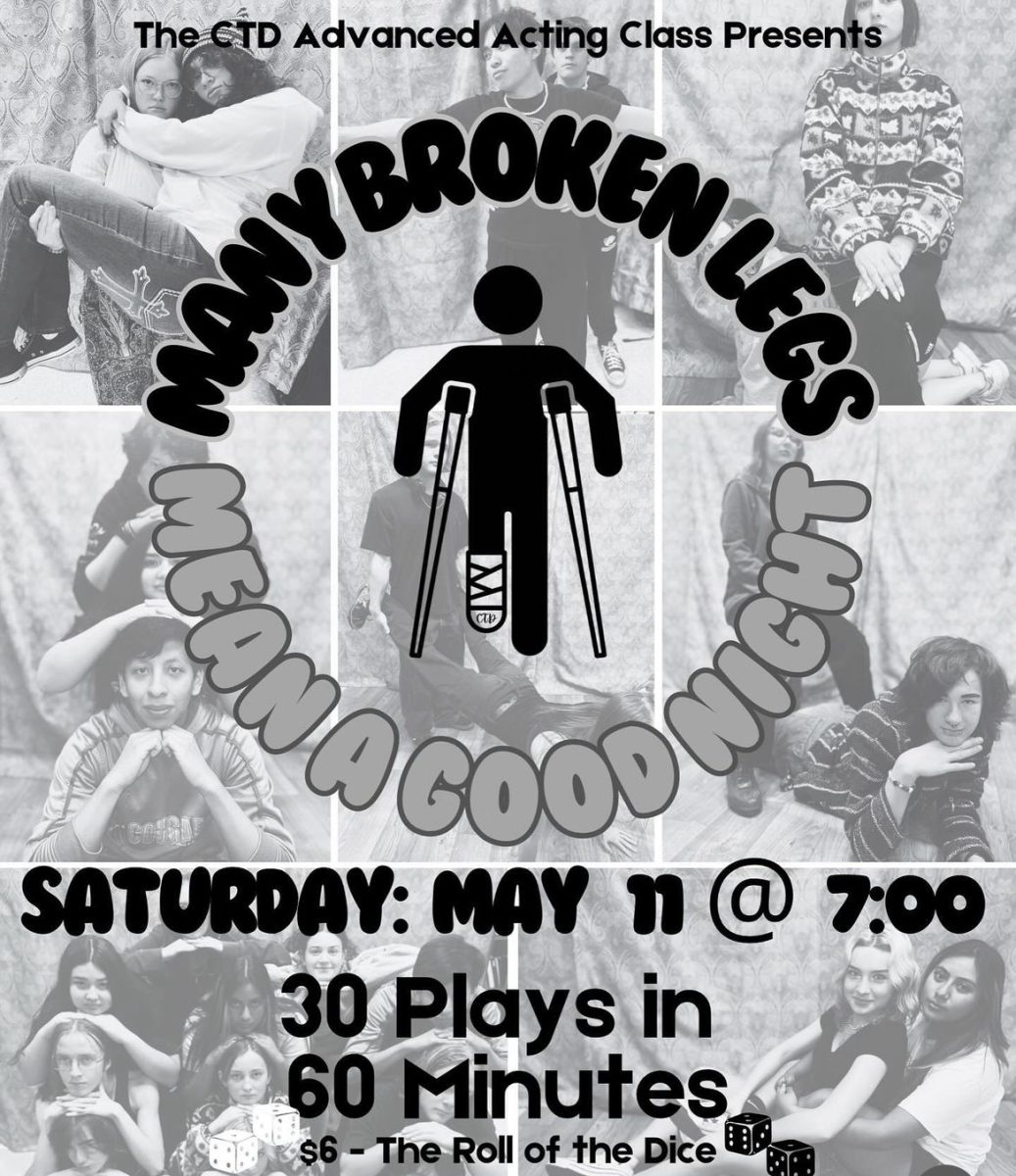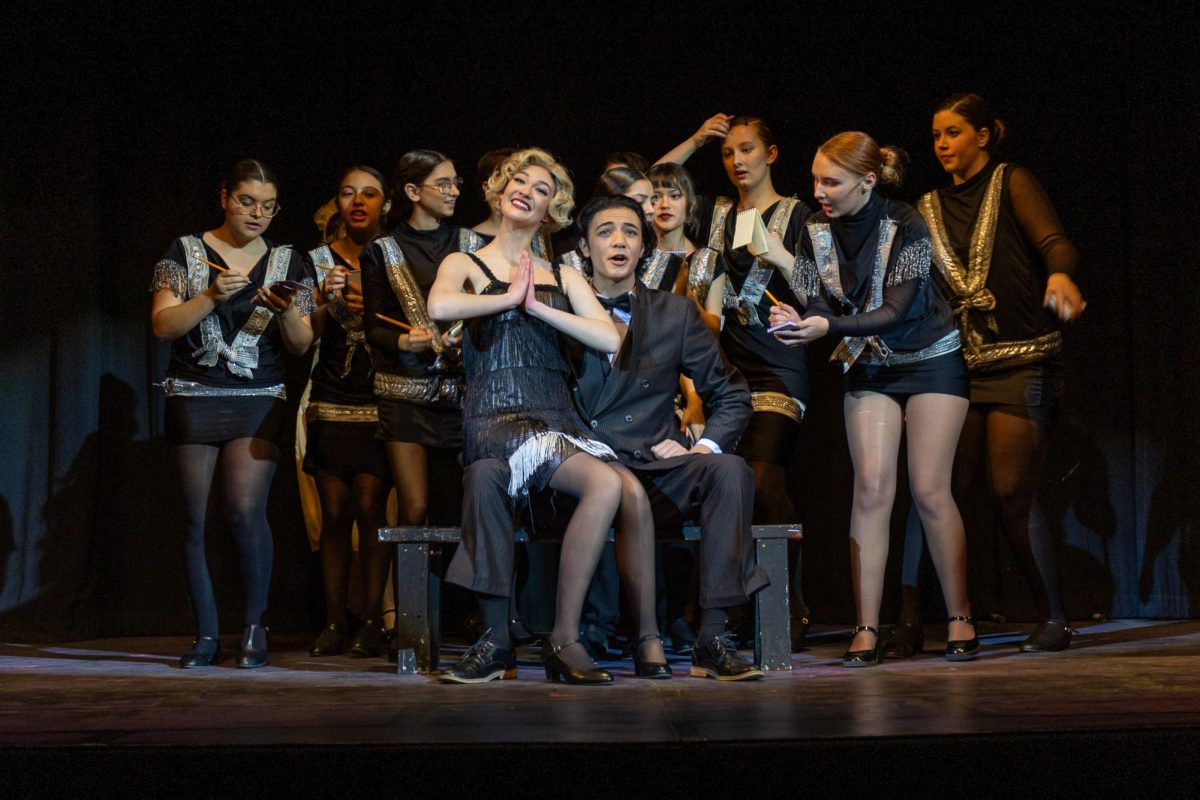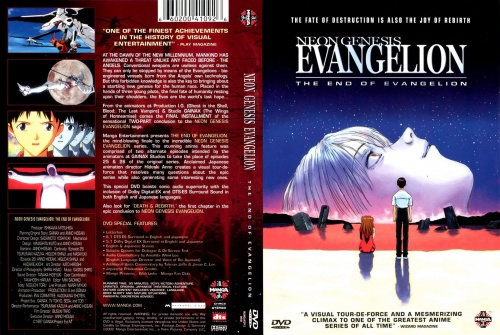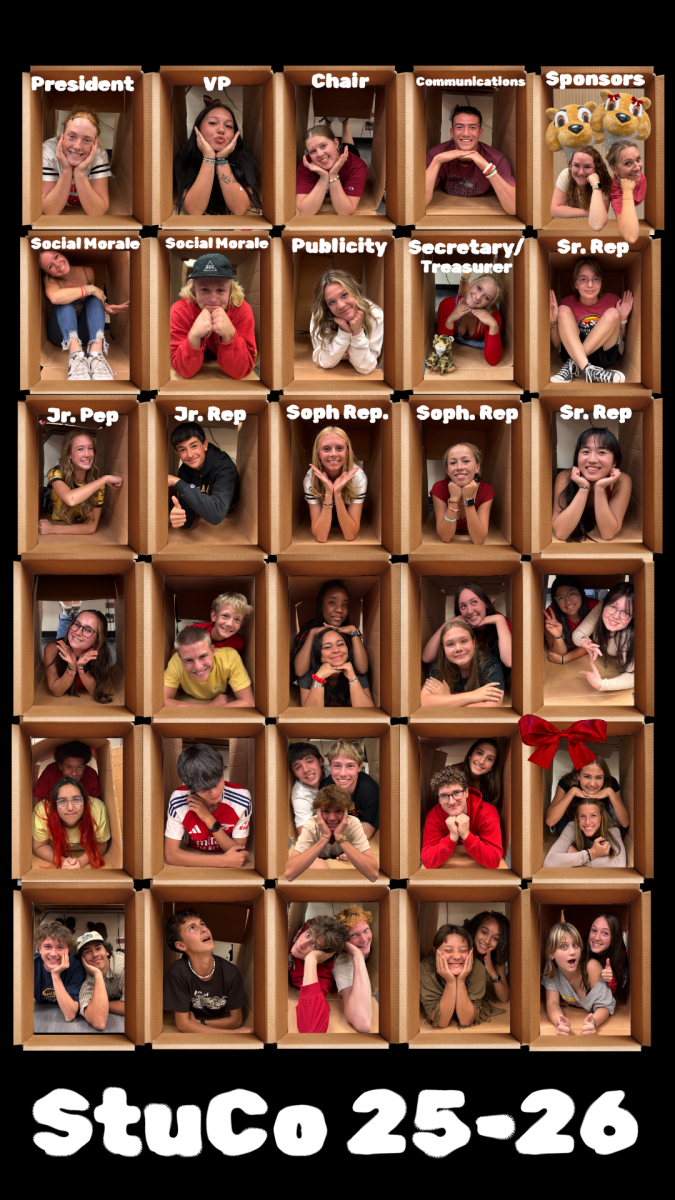Since his debut in 1928, Mickey Mouse has resided comfortably in the cultural zeitgeist, bringing cheer to children and families, and of course, major revenue to his creative master, Disney, for nearly 100 years. But finally, against all odds, Mickey Mouse – for better or worse – now belongs to all, well, at least his earliest incarnations do.
Original versions of Mickey, seen in Steamboat Willie, Gallopin’ Gaucho, and Plane Crazy, were drawn by legendary animator, Ub Iwerks. In 1935, Mickey was redrawn with a pear-shaped body, shorter nose, and his signature white gloves known and loved by all today, with Mickey appearing in color for the first time the same year.
In the early 1950s, The Mickey Mouse Club dominated the children’s television market, but following this brief success, the mouse was shelved for thirty years, until he appeared in Mickey’s Christmas Carol in 1983. Of course, Mickey once again became a sensation, and this time, he was here to stay (under the white gloved thumb of Disney’s copyright lawyers that is).
Copyright protects any intellectual property under U.S. law, typically until 70 years after the author’s death, after which, it enters the public domain, where it can be used however a creator sees fit. Yet, this wasn’t always so; though Mickey was nearing his impending release into public domain in 2004, Disney wasn’t quite ready to unshackle their beloved mouse.
Due in large part to Disney’s corporate lobbying, President Clinton signed the Sonny Bono Copyright Protection Act – at times dubbed the Mickey Mouse Protection Act – in 1998, extending the copyrights of many artistic works, including Rhapsody in Blue, All Quiet on the Western Front, and Oswald the Lucky Rabbit (the sadly forgotten character which inspired Mickey himself). Thanks to Disney, from 1998 to 2018, no new works entered the public domain at all.
Despite Disney’s best efforts, Mickey Mouse has entered the public domain, albeit with a considerable delay, some argue that more confusion regarding Mickey’s ownership is bound to arise: “The biggest weakness in copyright is that we have no way to know who owns what,” said Harvard Law Professor and political activist, Lawrence Lessig in an interview with Variety Magazine, adding that “it’s the most inefficient property system known to man.”
Mickey himself highlights this inefficiency, as strict guidelines still govern how his image can be used legally, and some question whether it can even be used at all. To clarify, while hundreds of different iterations of the mouse exist, only those produced in 1928 can be used legally, and artists that portray any later versions could be slapped with a hefty lawsuit. Since Disney’s brand is so intertwined with Mickey – with the corporation repurposing Steamboat Willie as their logo in 2007 – it’s near impossible to know which uses of Mickey infringe on Disney’s existing copyrights.
Disney thrives on creativity, profiting off visionaries for over a century, but this love for art does not apply to creators outside of the company, whose successes cannot directly benefit Disney’s bottom line. “There’s an extraordinary range of people who create just for the love of creativity,” Lessig continued, and Disney’s near complete refusal to surrender exclusive rights to beloved characters leaves artists with far less creative material than they were once entitled to.
Of course, not all artists are stifled by copyright, as noted by Erin Ambroz, theater director at Coronado High School who personally patronizes playwrights in her work: “the people who put their time and sweat and tears and intellect into [creation] get paid for that, which is really important.” Artists should be paid their worth, and their art ought to be protected, but when it finally enters the public domain, we owe it to them to create something beautiful, or in Mickey’s case, terrifying.
Two somewhat controversial slasher films are expected to provide viewers with a bloody take on the character. Film director La Morte describes his upcoming motion picture featuring the mouse in an interview with The Washington Post: “We still love these characters, but we’re looking for a more age-appropriate way to engage with them…find a new way to breathe life into a character.” Production has not yet begun, but La Morte promises to deliver a cinematic experience like none other before. A release date for the film has not yet been announced.

A shot of murderous Mickey from the upcoming horror flick, Mickey’s Mouse Trap.
Just one day prior, Toronto-based director Jamie Bailey released his trailer for Mickey’s Mouse Trap, depicting the iconic character as a violent, savage murderer, plucking off his helpless victims one by one. The film is expected to hit theaters in March of this year, and while not all potential viewers have high expectations, Bailey promises a hilariously horrific ride.
Ridiculous, inspired, frightening, or just downright awful, all new adaptations of the mouse promise to be exciting, leaving viewers and artists alike, anticipating the next time those famous black ears grace our screens.

